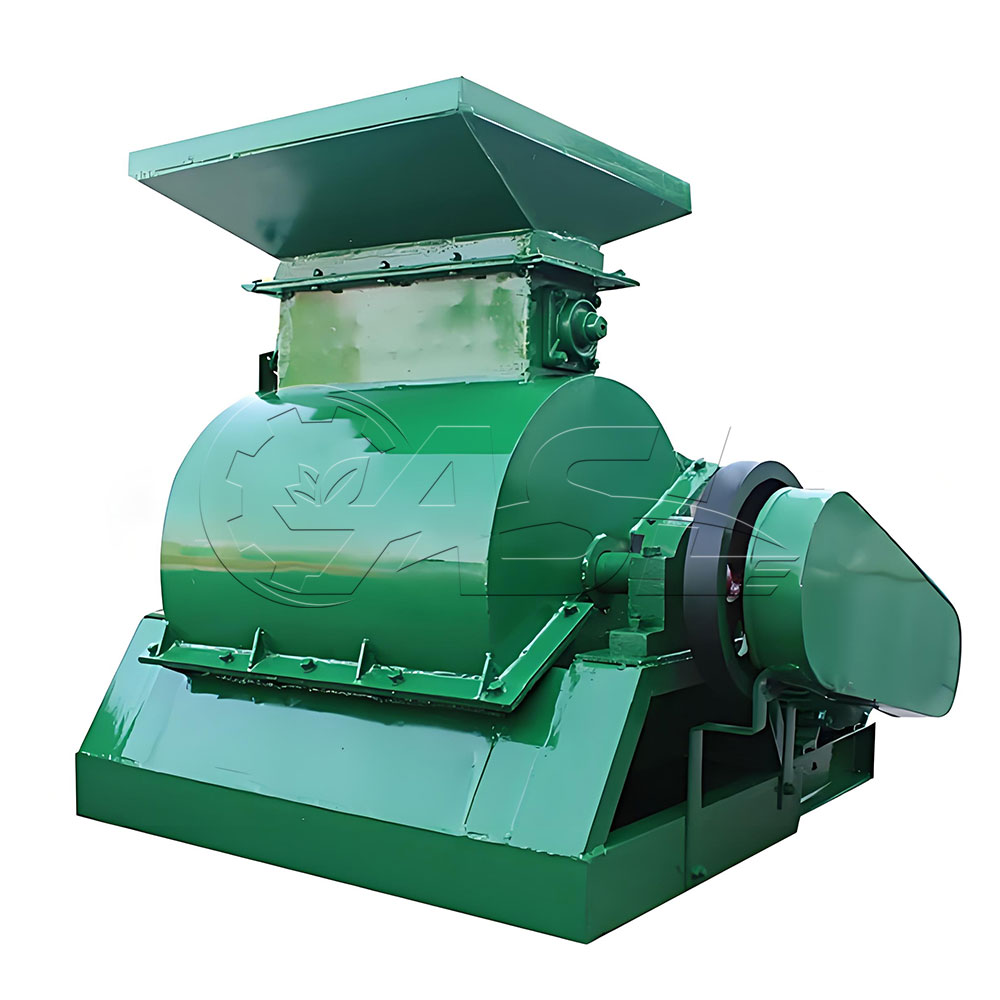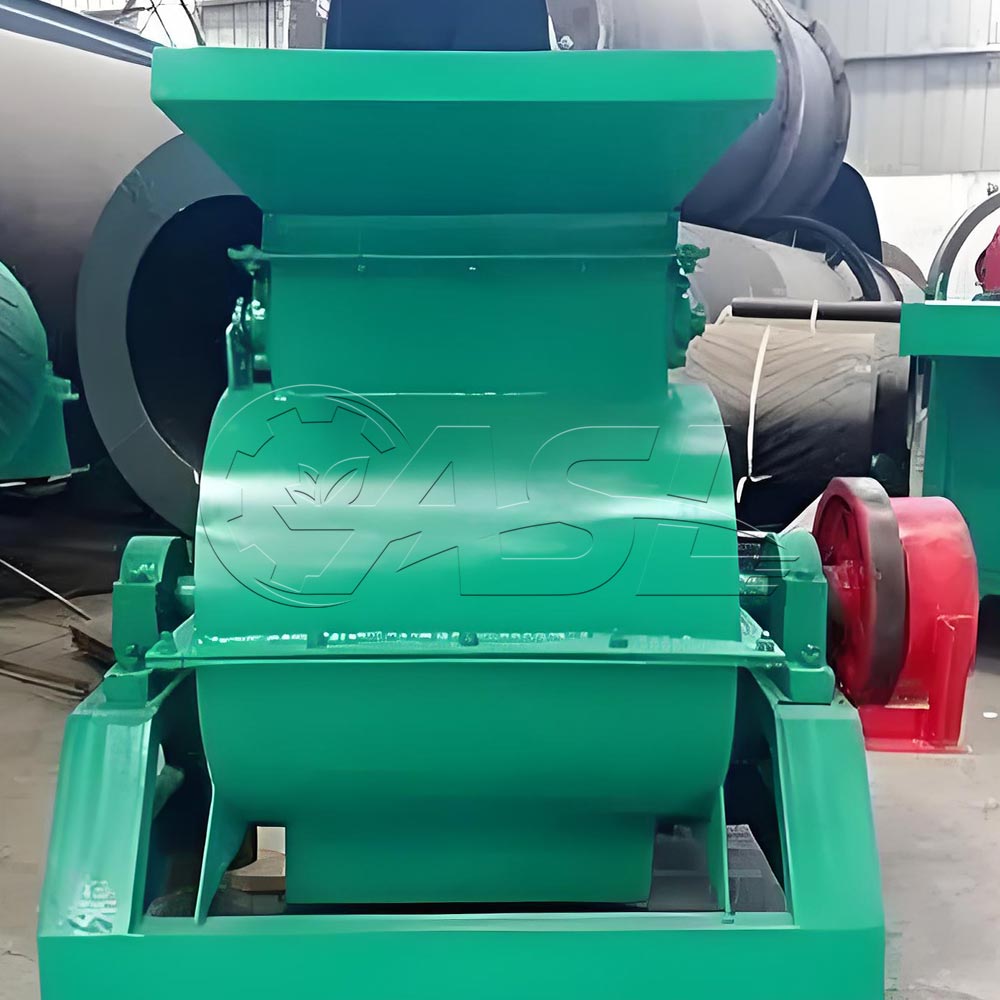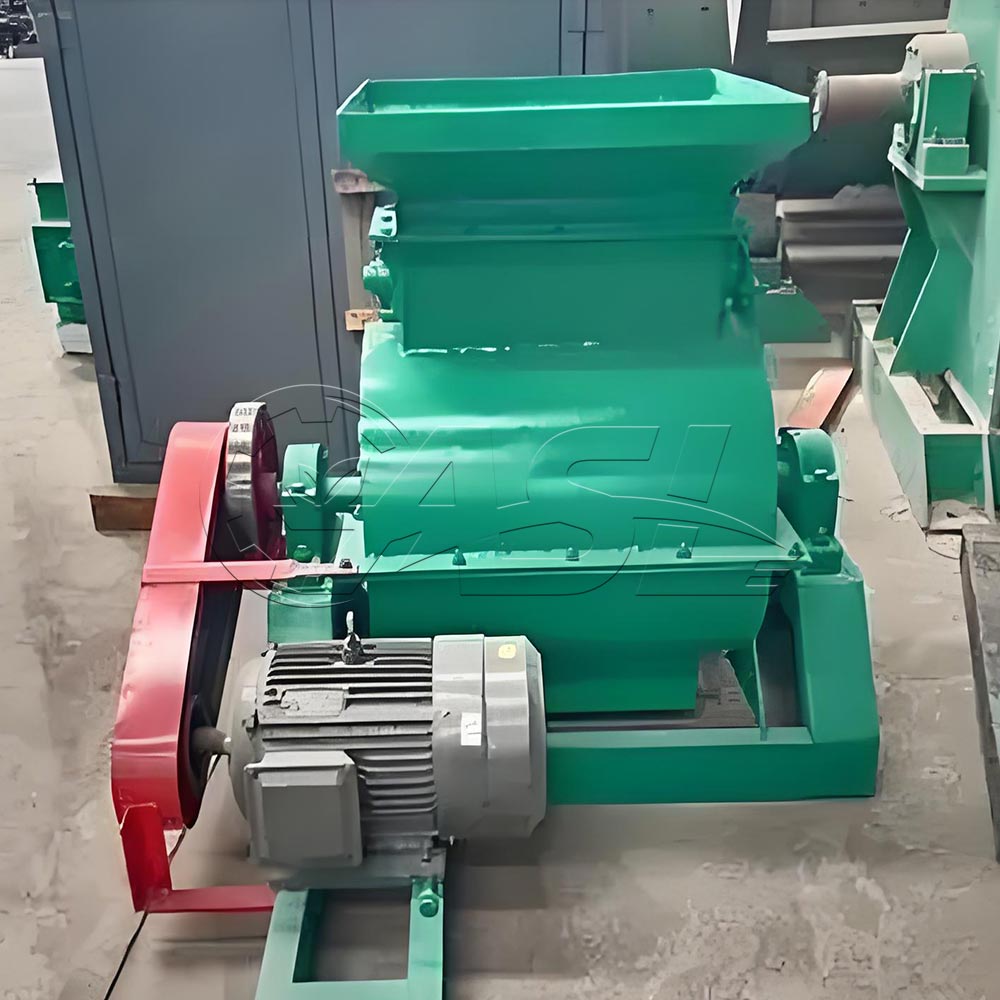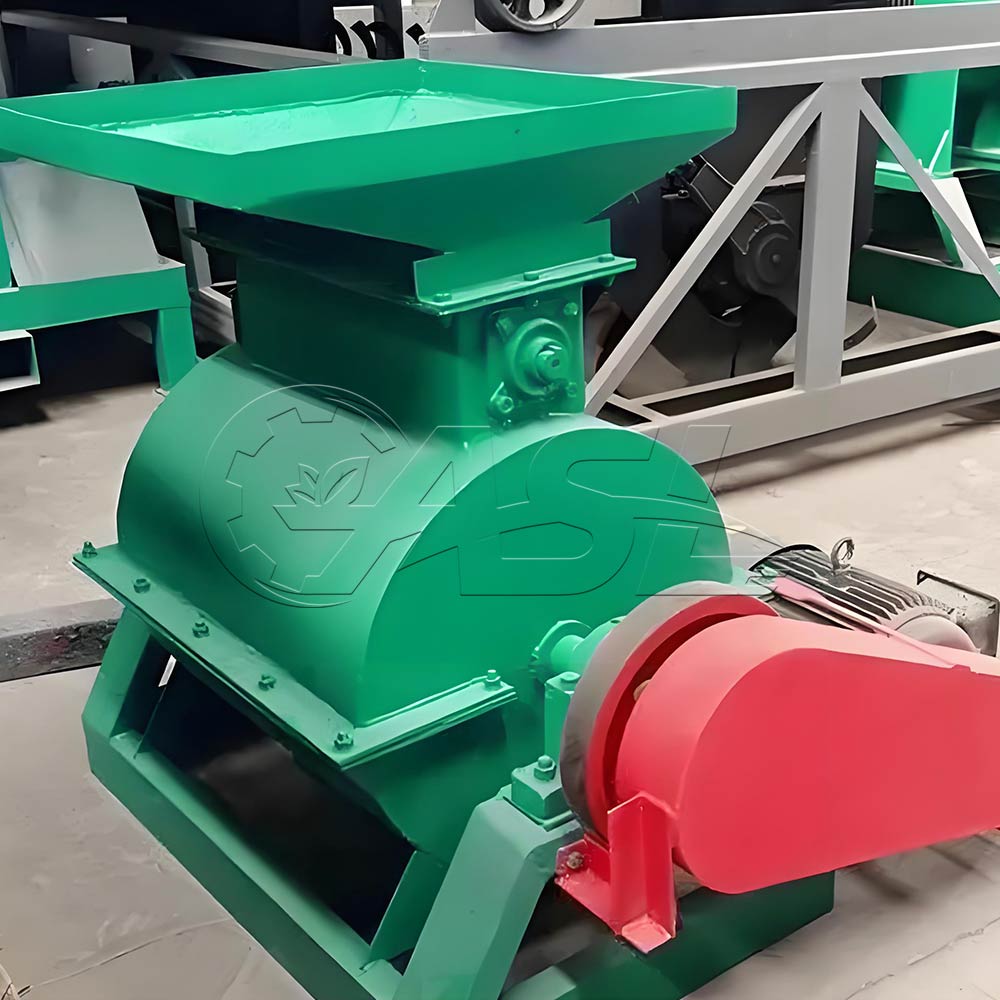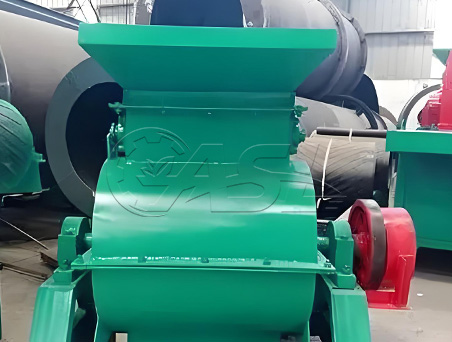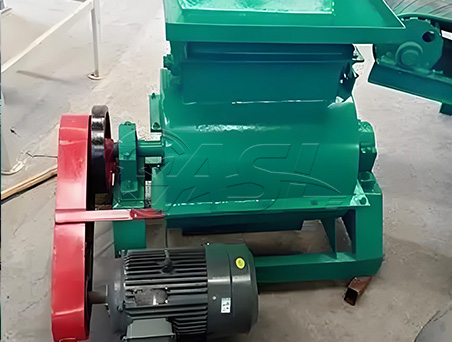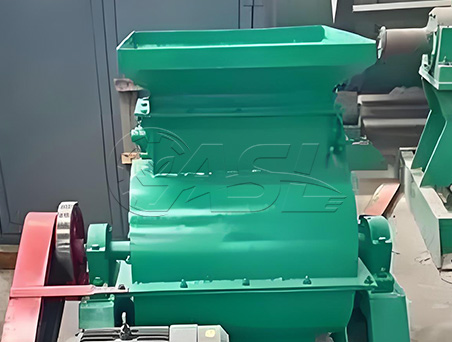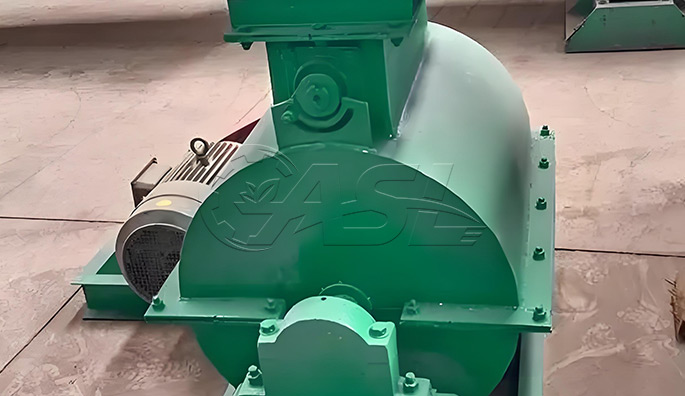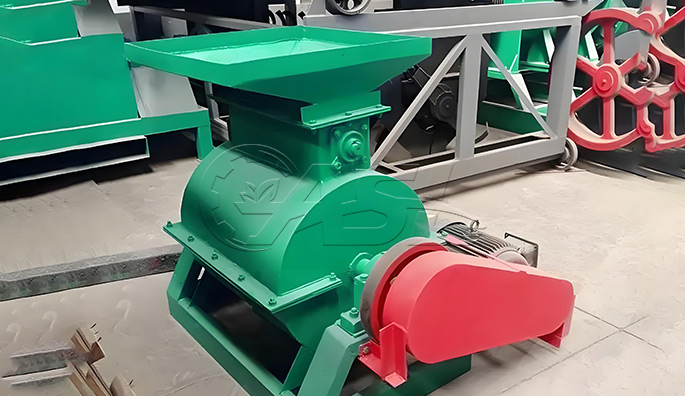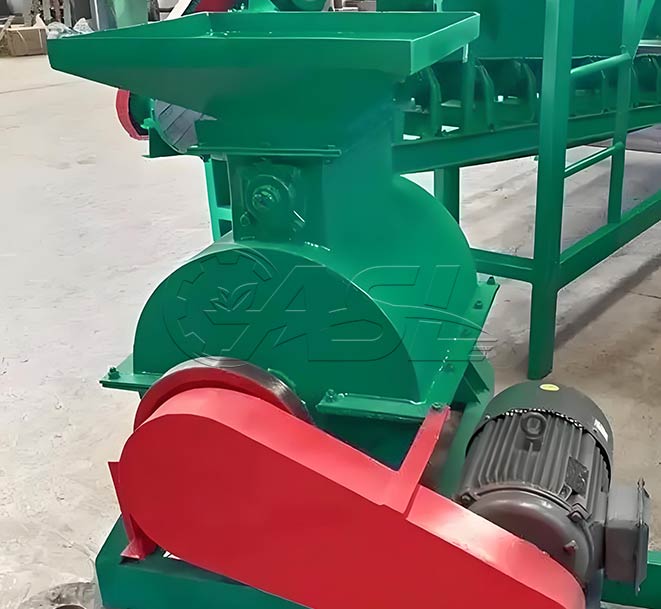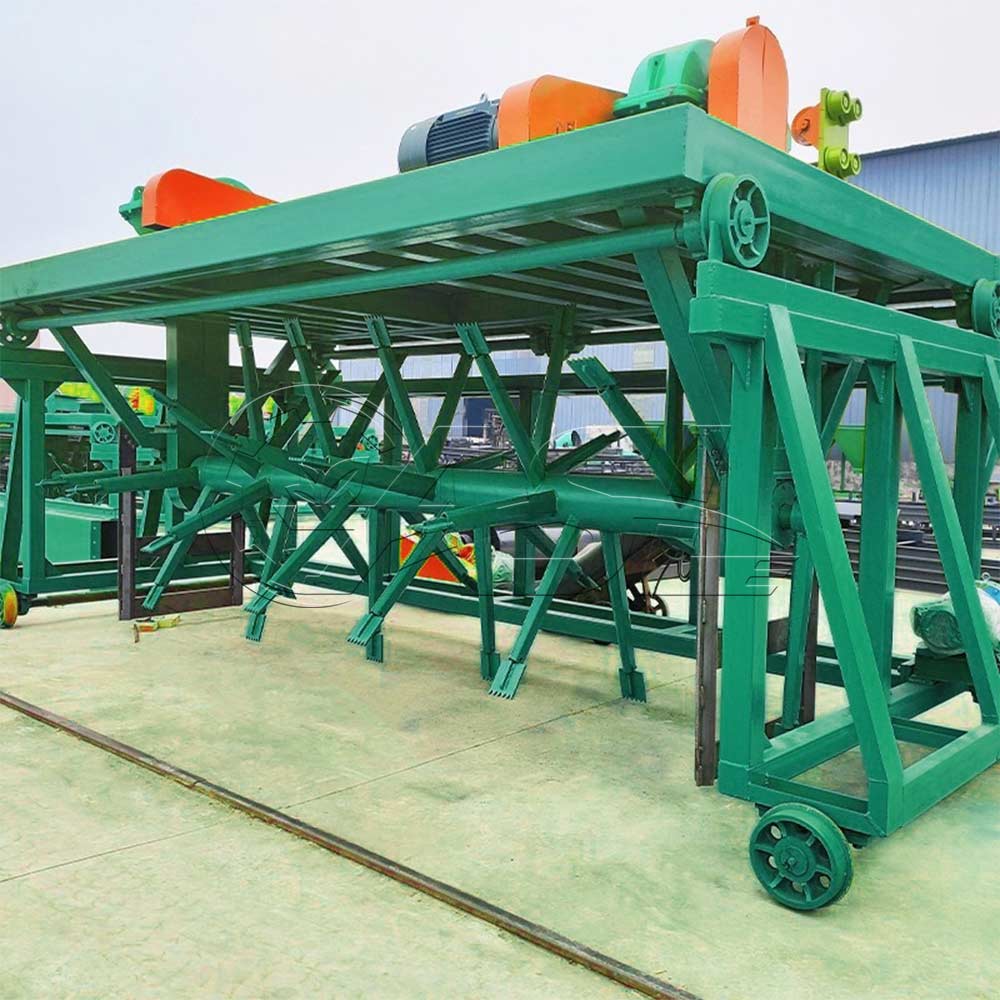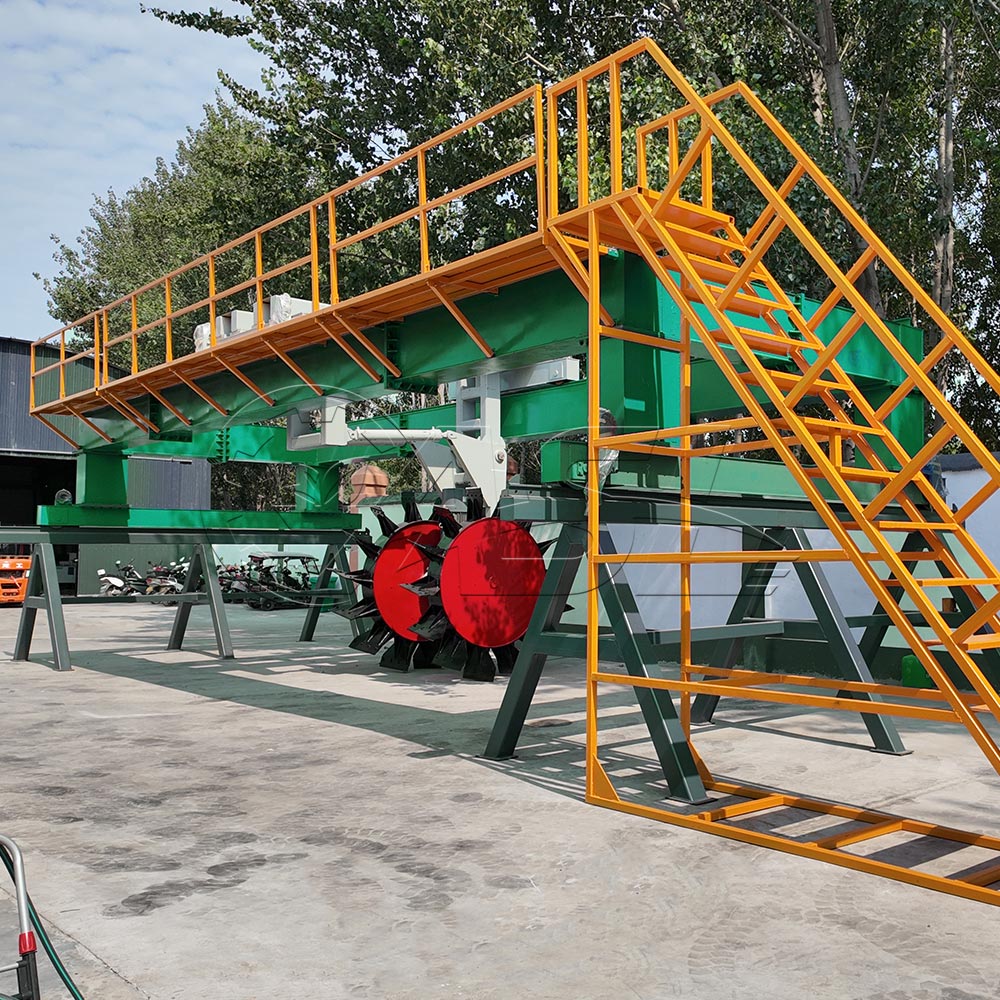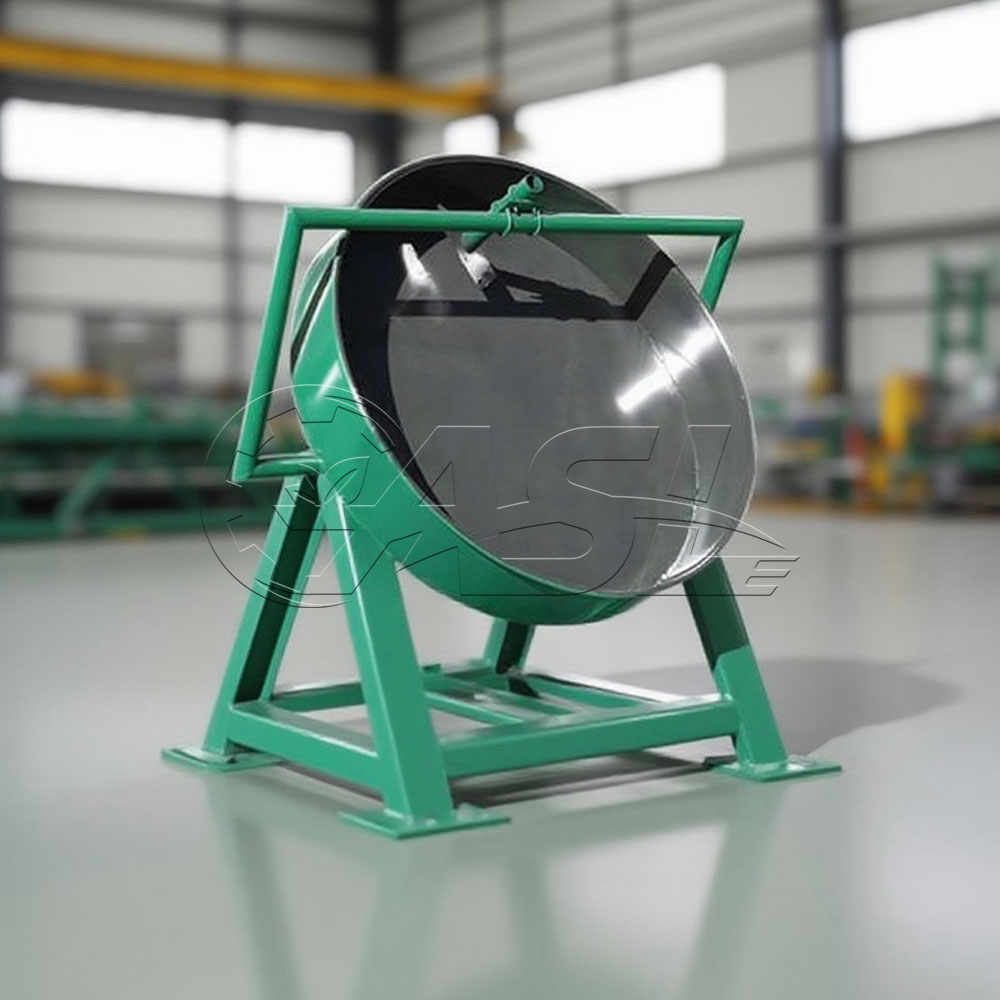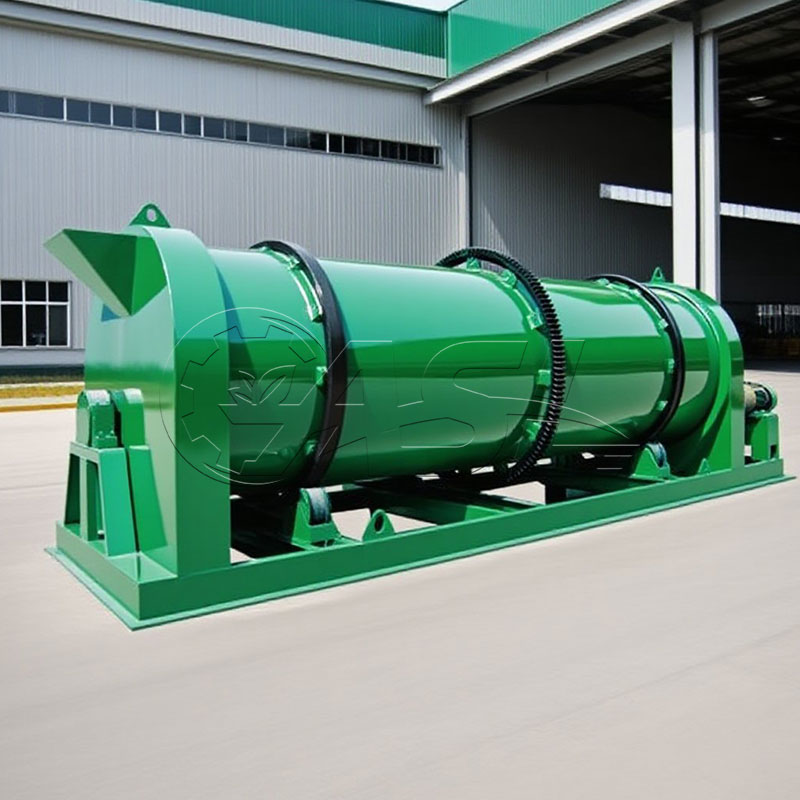What's the difference between a urea grinder and a regular fertilizer grinder?
The core difference lies in its targeted design. Urea is highly hygroscopic and slightly sticky at room temperature. Conventional fertilizer grinders are prone to this moisture absorption, leading to sticking in the grinding chamber and poor discharge. Urea grinders typically utilize:
① anti-stick materials to reduce adhesion;
② a low-temperature grinding design to prevent frictional heat generation during the grinding process that could melt the urea; and
③ a high-speed rotor, which reduces material retention time and the risk of moisture absorption through rapid impact.
Does a urea grinder generate dust during operation? How is it handled?
The urea grinding process does generate a certain amount of dust (urea dust is highly hygroscopic and may irritate the respiratory tract). Standard models are typically equipped with dust collection devices. Common options include:
① a built-in bag filter, which uses negative pressure to absorb dust, achieving a collection efficiency of over 90%;
② a cyclone separator + bag filter system, suitable for high-capacity machines, which can separate over 95% of dust. Users should regularly clean collected dust (which can be re-crushed) and ensure the operating environment is well ventilated. Operators must wear dust masks.
What common malfunctions occur with urea grinders? How can they be prevented and resolved?
① Blockage: This is often caused by excessive feeding or urea absorbing moisture. Prevention: Control the feed rate to ensure the urea moisture content is less than 5%. Solution: Stop the machine to clean the grinding chamber and, if necessary, add a small amount of dry urea or an inert powder (such as talcum powder) to reduce stickiness.
② Uneven particle size: This may be caused by a damaged screen or worn rotor blades. Prevention: Regularly inspect the screen and blades. Solution: Replace damaged screens and polish or replace worn blades.
③ Motor overheating: This is caused by excessive load or poor heat dissipation. Prevention: Avoid overfeeding and keep the motor heat dissipation vents unobstructed. Solution: Stop the machine to cool down and check for overload.
What are the key steps in the urea grinder operating process?
① Pre-startup inspection: Confirm that there are no foreign objects in the crushing chamber, the screen is securely installed, and the motor circuit is normal. Run the machine at no load for 1-2 minutes and listen for any abnormal noise.
② Feeding: Feed at a constant speed to avoid blockage caused by excessive feeding at one time.
③ Monitoring during operation: Observe the current, noise, and discharge status. If any abnormality is found, stop the machine immediately.
④ Shutdown: Stop feeding first, wait until the material in the crushing chamber is emptied, then shut down the main machine. Finally, clean the dust collection device.
